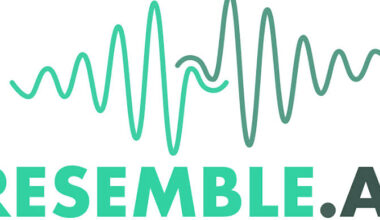Moreover, nitrous oxide plays a crucial role in emergency medicine and surgical procedures.
It is employed as a component of general anesthesia, contributing to a balanced anesthetic plan. Its rapid onset and offset, coupled with its minimal adverse effects, make it a valuable tool for medical professionals in a variety of situations.
Recreational Use and Abuse
While nitrous oxide has legitimate medical uses, it has also gained popularity in recreational circles.
Commonly referred to as “laughing gas parties” or “whippits,” recreational use involves inhaling the gas from small canisters typically used for whipped cream dispensers.
The effects of nitrous oxide when used recreationally include euphoria, dizziness, and altered perception of time.
However, it is essential to recognize the risks and dangers associated with recreational use.
Inhaling nitrous oxide directly from canisters can be dangerous, as the gas is often released rapidly and at extremely cold temperatures, posing a risk of frostbite and oxygen deprivation.
Additionally, excessive use can lead to oxygen deprivation, which may result in loss of consciousness, brain damage, or even death.
Furthermore, there is a potential for addiction to nitrous oxide, particularly when used recreationally.
Continued and excessive use can lead to psychological dependence and a decline in cognitive function.
Long-term effects on memory, mood, and overall brain health are still subjects of ongoing research.
Ethical and Legal Considerations
The use of nitrous oxide raises important ethical and legal questions.
In many countries, nitrous oxide is legal when used for medical purposes but is subject to regulations regarding its sale, possession, and distribution for recreational use.








